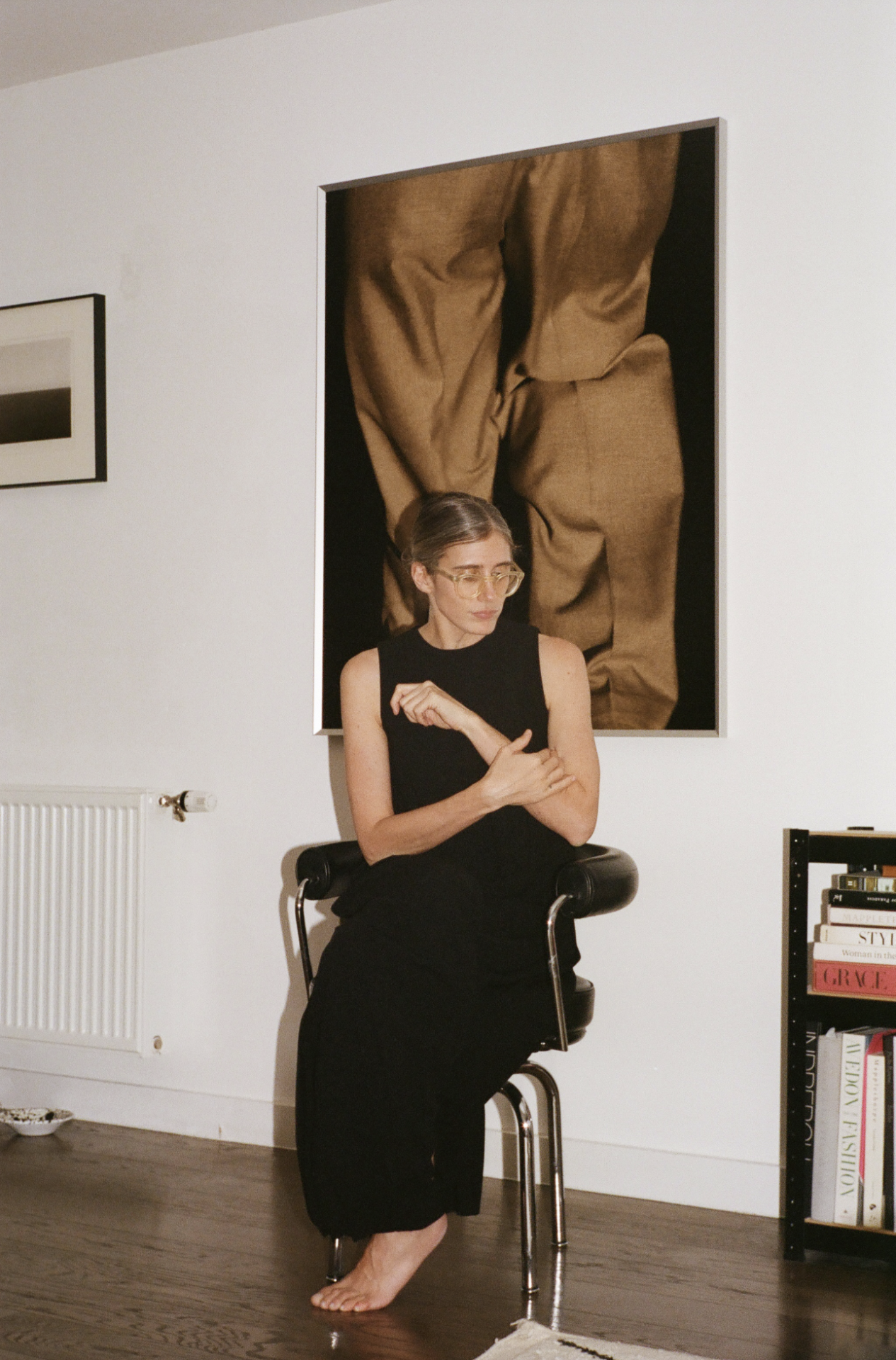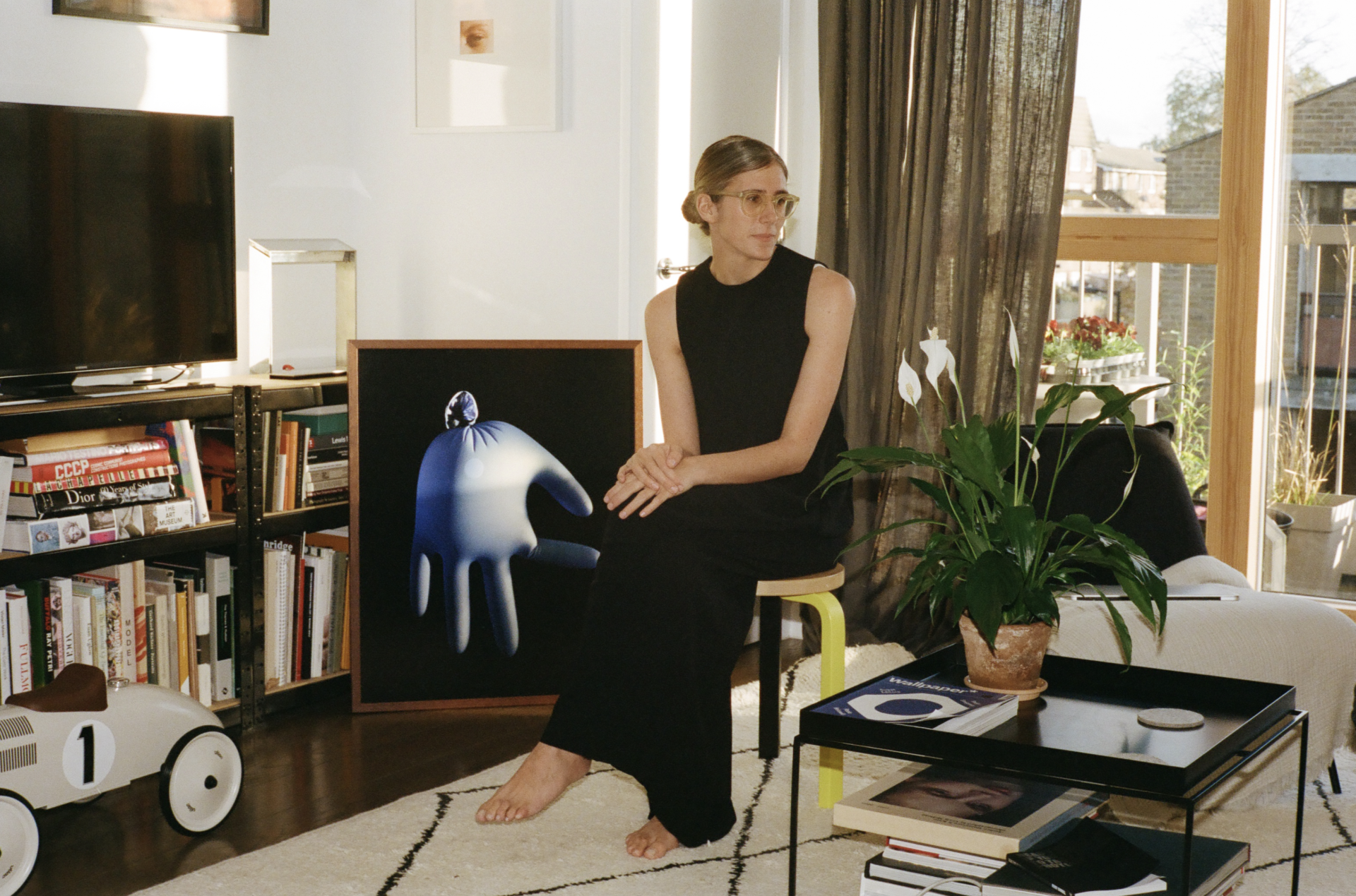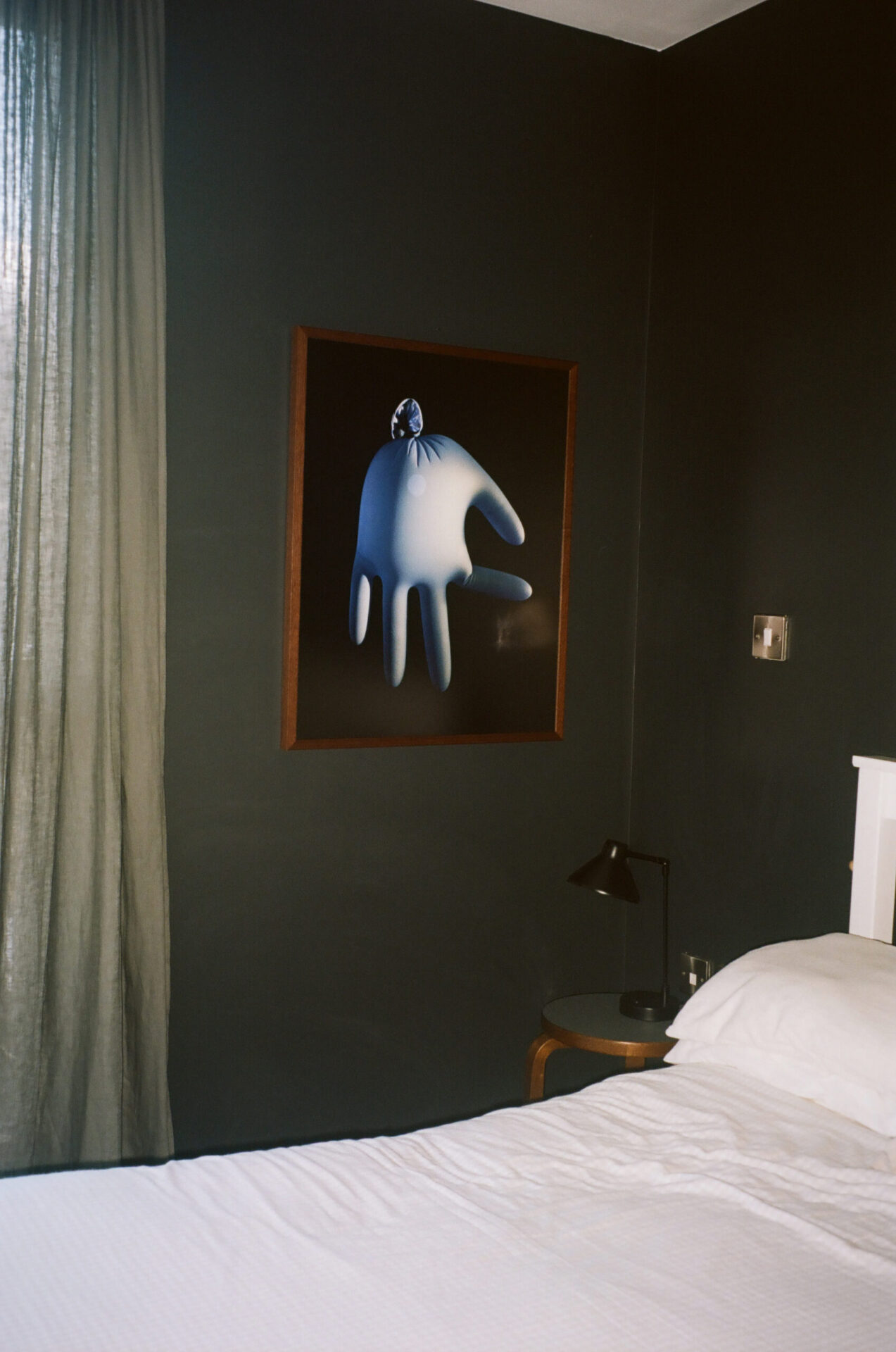What is it that can excite you about an emerging photographer?
It is usually people that are dedicated to their practice through and through – whether it’s a recent graduate or some high profile portrait photographer. It doesn’t matter what their artistic process has been like – whether there have been ebbs and flows. That’s all part of it. What helps me is that I try to meet every photographer that I want to work with, both digitally and physically. I want to find out what motivates someone to become a photographer in order to understand their work.
I once read a really nice quote by Canadian artist Jeff Wall. He divides photographers into two camps: hunters and farmers. The former tracks down and captures images, the latter cultivates them over time. At the moment I am really drawn to the hunters – those photographers that really go out there and trust their own eye. It is not surprising then that at the moment it is those artists that have background in documentary and reportage photography.
We have seen how documentary photography has bled into the visual language of fashion over the last couple of years – you could almost call it the Jamie Hawkesworth-effect. How do you respond to such trends in your work?
I think as a photographic director you do have the responsibility to respond to the trends that are happening within the visual landscape. However, it is also important that you are able to really surprise people. The way I try to achieve that is by working with emerging people, who haven’t even graduated yet and are challenging the status quo. But we also love to reintroduce people that we might have worked with twenty years ago, or use photographers a little bit out of their context. We ask a still life photographer to shoot a portrait of someone, for instance. In that way some interesting cross pollination emerges.
How do you challenge yourself outside of your work at the magazine?
This year has really made me realise the vast amount of exciting work photographers are putting out. However, I have also seen how the relationship between photographers and their agents has really changed. Some of the younger ones get snapped up before they have worked in the real world. Two years later and they have done all this commercial work but they don’t really know what their own signature is anymore. So recently I’ve started to work with a couple of photographers who haven’t been signed with a big agency yet. I try to make them aware of the responsibility they need to take before they enter that kind of relationship. In practice that means that I introduce them to some key people, and ultimately match them with an agent. These artists often work so independently, and spend so much time on their own. They need a little bit of support, which is something I try to provide.
txt: Rolien Zonneveld
imgs: Gabby Laurent


